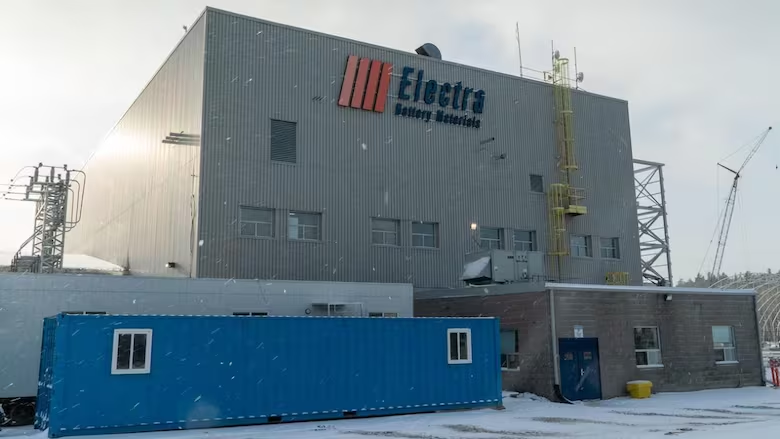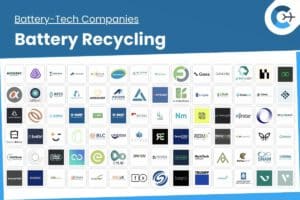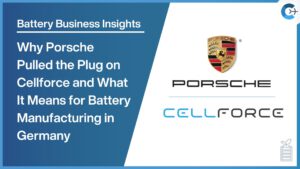Contemporary Amperex Technology Co., Limited (CATL) has reported a significant advancement in lithium metal battery (LMB) technology, as detailed in a recent paper published in Nature Nanotechnology. The company’s research introduces a quantitative mapping approach to electrolyte consumption, overcoming the longstanding trade-off between energy density and cycle life in LMBs. An optimized prototype demonstrated a cycle life of 483 cycles and is compatible with designs delivering over 500 Wh/kg, signaling progress toward commercial applications in electric vehicles and electric aviation.
LMBs offer intrinsically high energy density, making them attractive for long-range EVs and aviation. However, efforts to improve energy density have often reduced battery lifespan. Prior studies focused on solvation structure and solid–electrolyte interphase optimization but lacked a complete understanding of degradation pathways. CATL addressed this gap by developing analytical techniques to track active lithium and individual electrolyte components throughout cycling, effectively converting the battery’s internal processes from a “black box” into a “white box.”
The research team identified continuous consumption of the electrolyte salt lithium bis(fluorosulfonyl)imide (LiFSI) as the primary driver of cell failure, accounting for 71% of salt loss by end of life. This finding shifts industry focus beyond Coulombic efficiency toward electrolyte durability as a key factor for battery longevity.
Leveraging these insights, CATL adjusted the electrolyte formulation by incorporating a lower molecular weight diluent. This change increased LiFSI mass fraction, enhanced ionic conductivity, and reduced viscosity without increasing total electrolyte mass. Although Coulombic efficiency remained unchanged, the revised formulation doubled the prototype’s cycle life to 483 cycles and enables energy densities exceeding 500 Wh/kg in new cell designs.
“We saw a valuable opportunity to bridge the gap between academic research and its practical application in commercial battery cells,” said Ouyang Chuying, Co-president of Research & Development at CATL and Executive Deputy Director of the 21C Lab. “Our findings underscore that LiFSI salt consumption and, importantly, overall salt concentration is a fundamental determinant of battery longevity.”
In 2024, CATL invested RMB 18.6 billion (USD 2.59 billion) in R&D and holds over 43,000 global patents, reinforcing its leadership in translating scientific breakthroughs into practical energy solutions.
Source: CATL news release
















